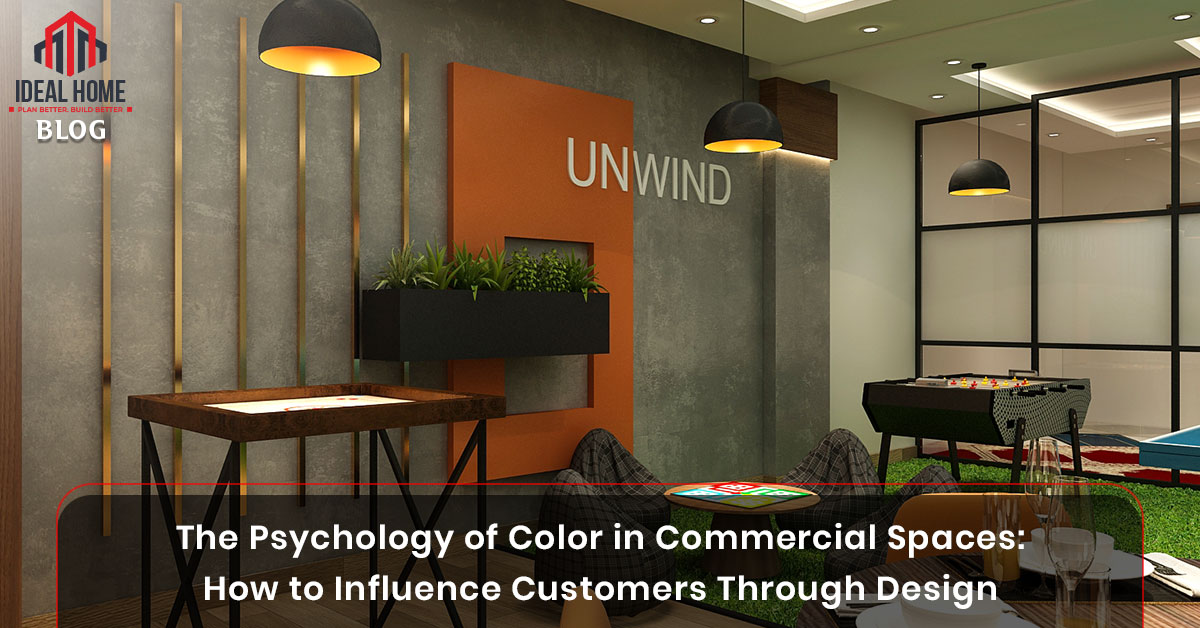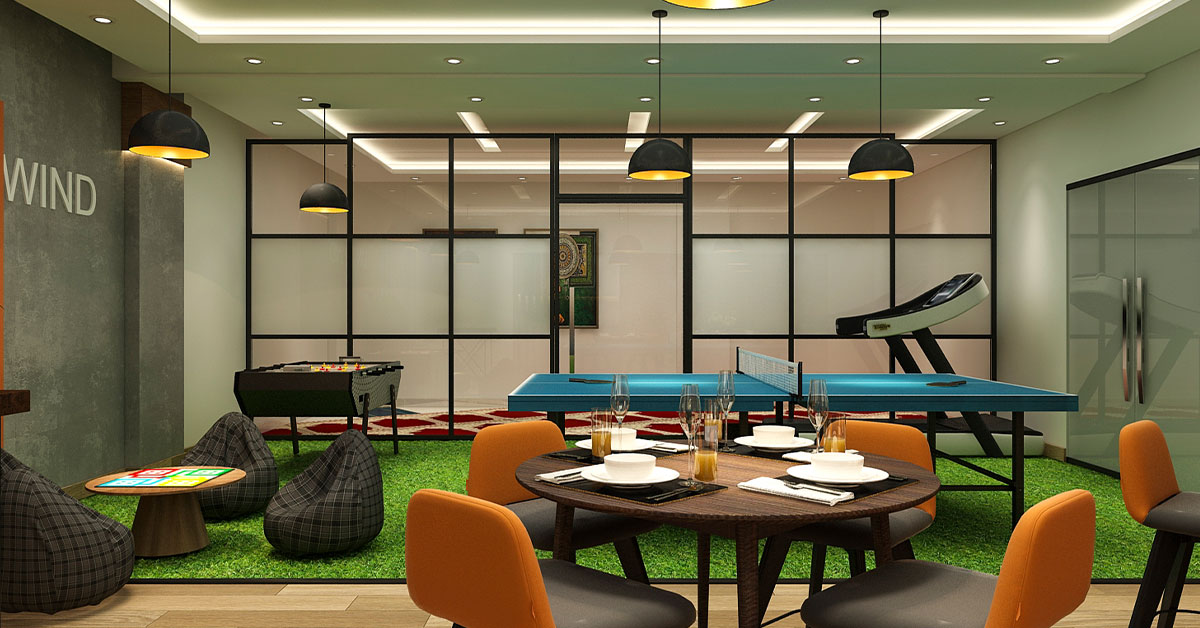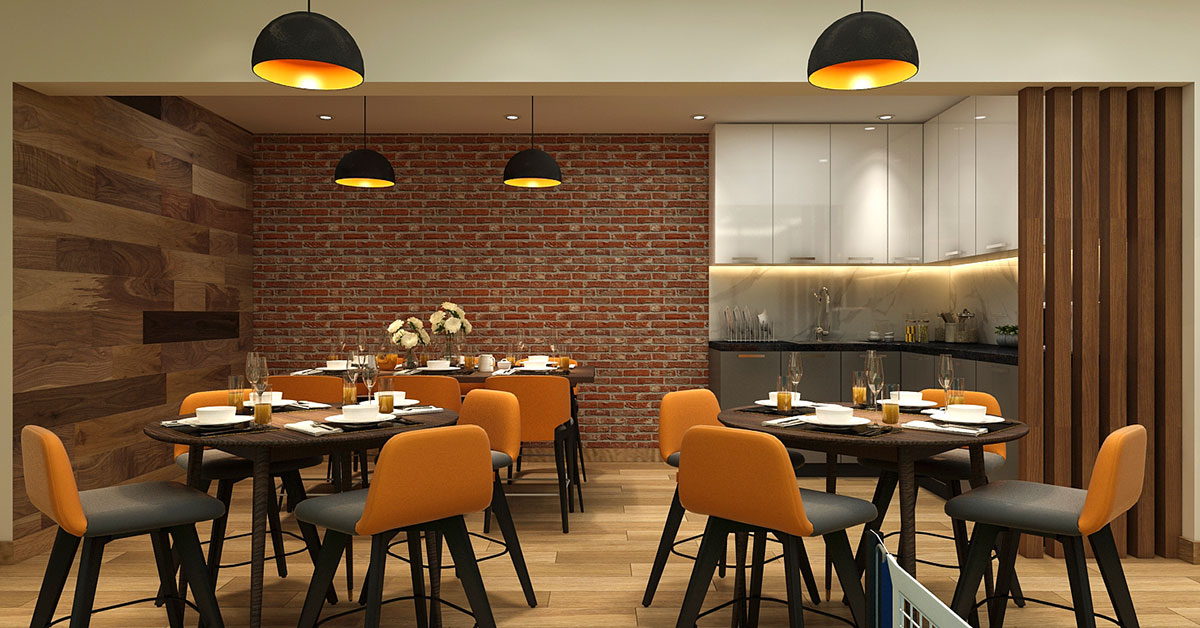
When customers walk into a restaurant, office, or retail store, their first impression is not just shaped by the layout but also by the colors around them. This is the essence of the psychology of color in commercial spaces—a powerful design strategy that influences mood, decision-making, and purchasing behavior.
In today’s competitive business environment, understanding color psychology in interior design can make the difference between a space that feels inviting and one that turns customers away.

Colors are more than decorative choices—they evoke emotions and associations. Studies in environmental psychology reveal that different colors can affect:
According to Color Psychology Research, 90% of customers make subconscious judgments about products and spaces based on color alone.

Example: Global brands like McDonald’s use red and yellow strategically to stimulate appetite and quick decision-making.
See how Starbucks uses green branding to connect with eco-conscious customers while creating a calming café environment.
Read: The Psychology of Office Interior Design to explore how colors and layouts boost employee performance.
Consistency between brand identity and interior color schemes is critical. For example:
If your brand colors are not reflected in your commercial space, you may confuse customers and weaken brand recall.
The psychology of color in commercial spaces is not just about making a store or office look attractive—it’s about influencing emotions, shaping customer journeys, and reinforcing brand identity.
By choosing the right color palettes, businesses can:
IDEAL HOME | All Rights Reserved | Powered By The Velocity Digital Marketing